#oxydendrum arboreum
Text



From last fall: One of the reddest reds on the landscape, associates with ericaceous heath belts with minimal light competition. So mainly dry sandstone with shallow nutrient poor soils and good drainage or sandstone barrens. Due to slow growth and an acidic weathering effect associated with the bark cortex and the water retention these species also tend to have incredible lichen diversity.
Citheronia regalis horn devil larva are associated as the primary moth that eats these leaves.
Oxydendrum arboreum
Sourwood, or some call it sour bark tree, chewing on the bark and active phloem was once common practice to alleviate the nerve pain associated with toothaches. The leaves themselves are an anti-gas, anti-inflammatory laxative(strong one at that). In some cases a tea can be made of the leaves that also aids in other issues and have been used to treat urinary infections by native people and early settlers to the Appalachian mountains and ilp.
Right now at llanfair permaculture we have an interesting soil dynamic that may be accessible for species like this due to good drainage and high organic comp as well as good lighting, the other thing is that these seeds don't seem to require any specialized treatment to germinate.
https://www.jstor.org/stable/3799771
72 notes
·
View notes
Text
Oxydendrum arboreum Sourwood
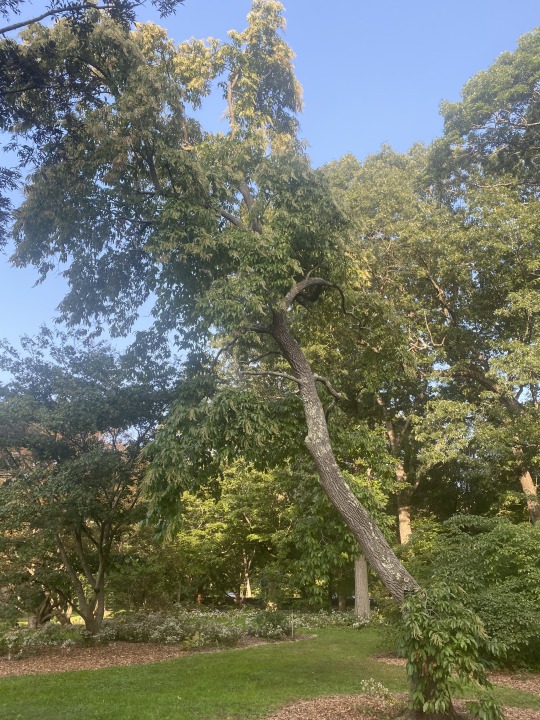
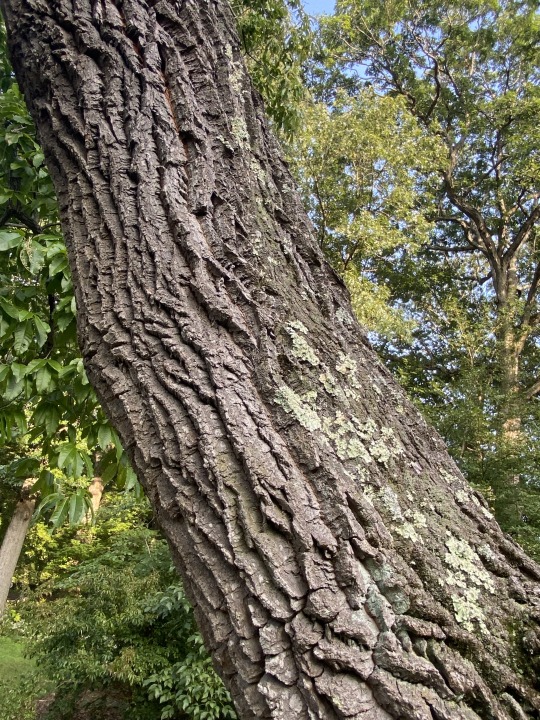
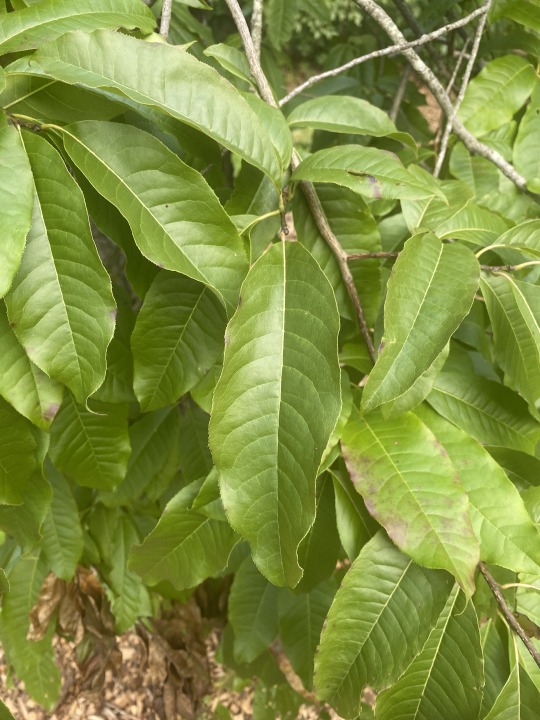

Sourwood aka Oxydendrum arboreum!. Look how this tree grows so uniquely! This tree was photographed at the Arnold Arboreum at Harvard University.
Basic Facts
It prefers full sun to partial shade. Talking about shade, notice the kind of shade this tree can provide. It grows well in well drained, acidic soil. The cold hardiness zone for this species are zones 5 to 9.
Design
Because of the leaves and the way this tree grows, it acts as a great shade tree in a landscape. It is a tree that can be used for smaller landscapes, even though it is not exactly utilized that way. The flal colors of this tree are a very vibrant scarlet which is very appealing. Consider this ornamental tree for a garden!
Wildlife Benefits and Considerations
One of the animals attracted to this tree are deer which browse the twigs and leaves. They are also great at attracting bees through their flowers that produce an abundance of nectar!
How do you see yourself using this tree in designing landscapes?
Source:
https://www.missouribotanicalgarden.org/PlantFinder/PlantFinderDetails.aspx?taxonid=279971&isprofile=1&basic=Oxydendrum+arboreum
https://shop.arborday.org/sourwood#:~:text=Wildlife%20Value,to%20the%20nectar%2Dladen%20flowers.
https://www.houzz.com/magazine/great-design-plant-sourwood-brings-fiery-fall-color-stsetivw-vs~18771447
0 notes
Text
Különleges paradicsom magok az Egzotikus Növények Stúdiójától. Etnobotanika - Sóskafa
Hüvelyes különlegességek az Egzotikus Növények Stúdiójától Különleges zöldség magok (paradicsom, paprika, tök, uborka, bab, dinnye), varázslatos virágok. - Sóskafa - Oxydendrum arboreum https://egzotikusnovenyek.hu #egzotikus, #különleges, #növények, #mag, #vetőmag, #etnobotanika

0 notes
Photo
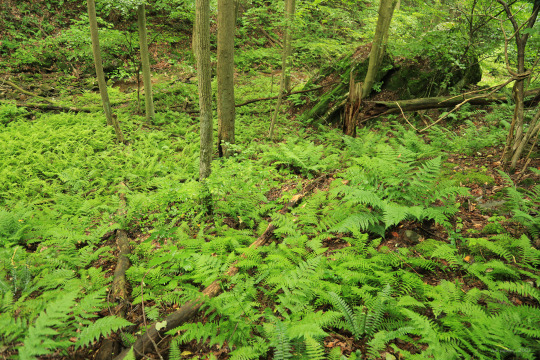
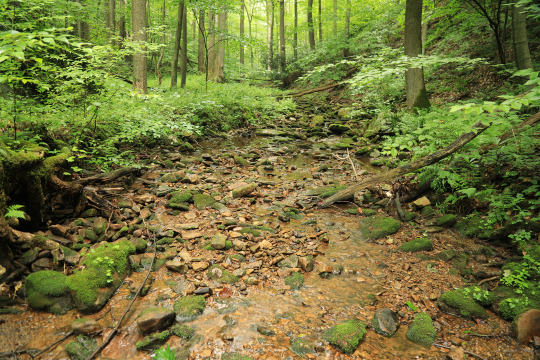
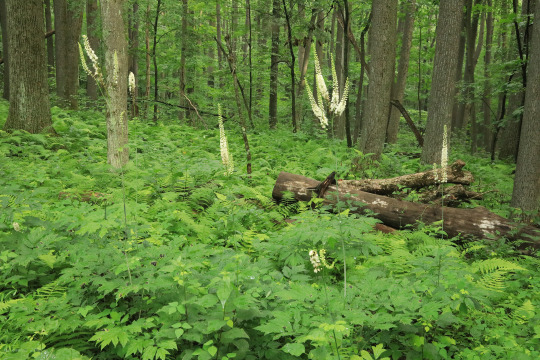

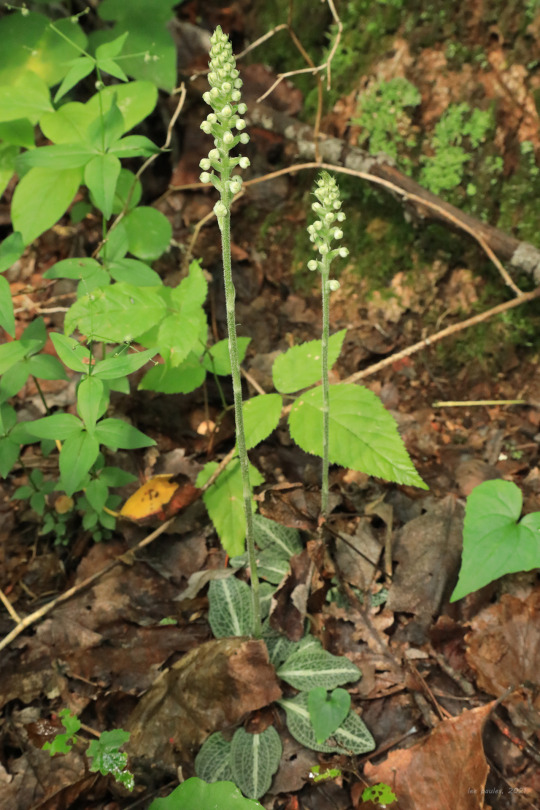


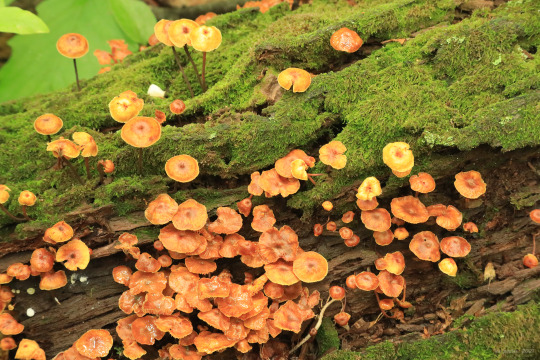


Blinded by the green: a walk through the summer forest.
#appalachia#vandalia#west virginia#coopers rock state forest#summer#temperate forest#green#moss#fern#fungi#rickenella fibula#orange moss agaric#wildflowers#actaea racemosa#black cohosh#fairy candle#orchidaceae#goodyera pubescens#downy rattlesnake plantain#oxydendrum arboreum#sourwood
1K notes
·
View notes
Text

oxydendrum arboreum
#my art#botanical illustration#pen#black and white#horticulture#botany#scientific illustration#plants#flowers#gardening#field guide#oxydendrum arboreum#sourwood#sorrel tree
25 notes
·
View notes
Photo


This sourwood tree has a hole in it that some people have told secrets into for safekeeping
43 notes
·
View notes
Photo

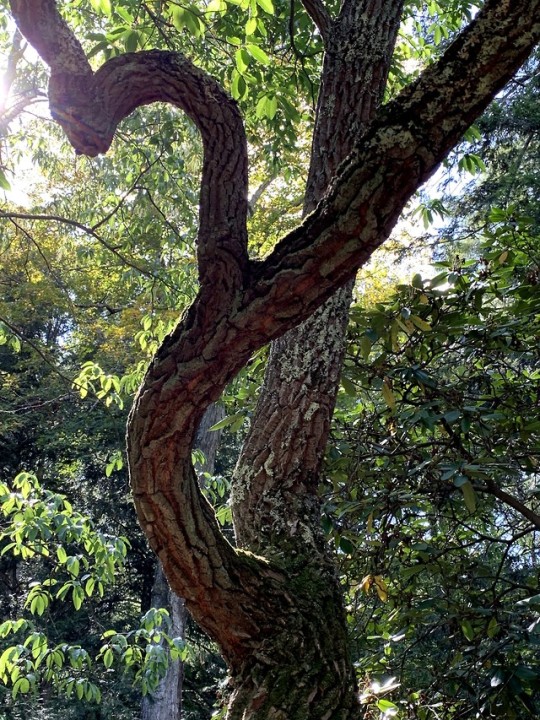
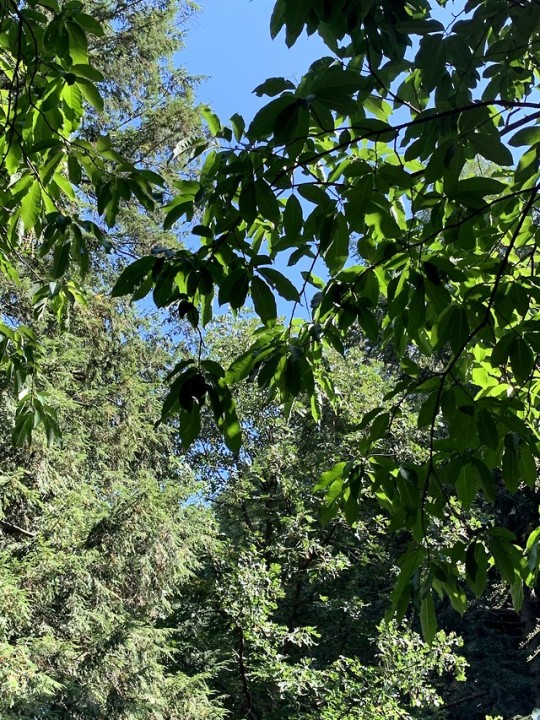
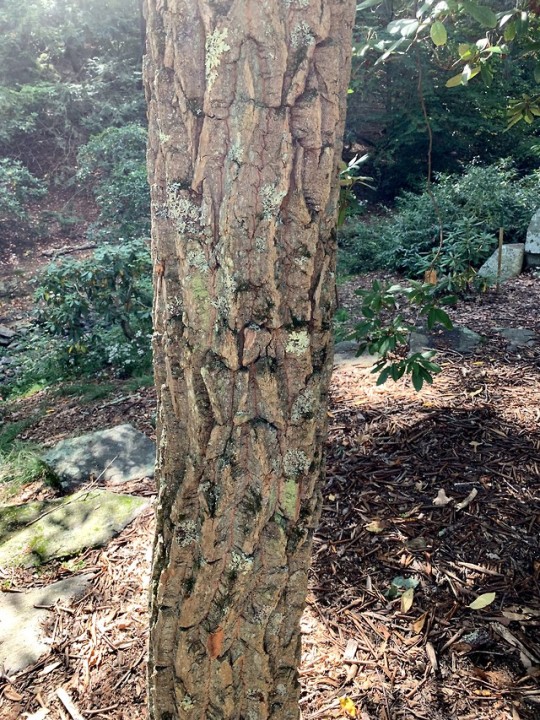
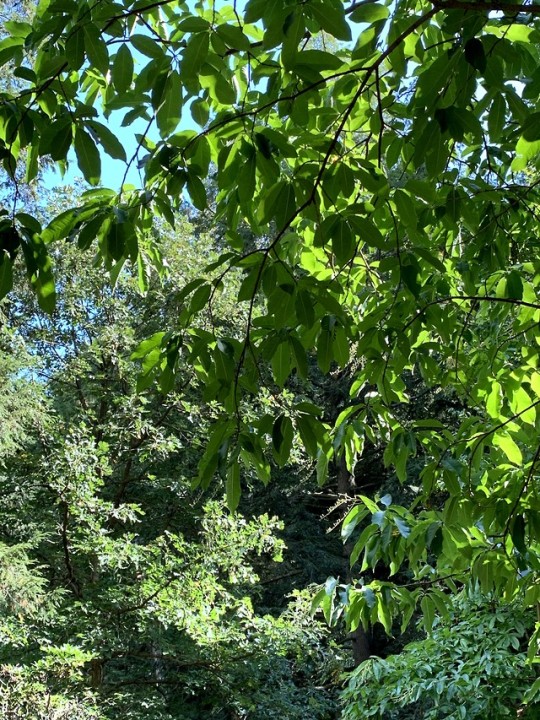
Sourwood
Oxydendrum Arboreum
Botanical name: Oxydendrum arboreum
All Common Names: Sourwood
Tree or Plant Type: Tree
Foliage: Deciduous (seasonally loses leaves)
Native Locale: Chicago area, Illinois, North America
Landscape Uses: Parkway/street, Shade tree, Specimen
Size Range: Large tree (more than 40 feet)
Mature Height: 20-30 feet
Mature Width: 20 feet
Light Exposure: Full sun (6 hrs direct light daily)
Hardiness Zones: Zone 5 (Chicago), Zone 6, Zone 7, Zone 8, Zone 9
I really enjoy this tree’s bark. Just take a look for yourself, the veined structure looks like wooden snakes crawling up this tree. This tree is happy in zones 5-9, so it thrives perfectly in our climate. It can grow up to 30 feet in height, and covers around the same, from 20-30 feet across. This tree can live up to 200 years if in the rigth location, they do like full sun, and prefer acidic soils, with low moisture content. They do okay in droughts as well, as they aren’t completely water hungry.
This tree is deciduous, and turns a brilliant red/purple in the fall before it loses its leaves. This tree belongs to the plant community Old hickory forest, and is native to the North American Forest. The natives used this tree for many things, and to some sense is how it got its name, from the bitter tasting tea that can be made from the leaves.
In the spring, it has delicate white flowers that bloom in the late spring, that look like lilies of the valley, They are extremely fragrant, and bees make a delicious honey from their pollen, which is highly sought after.
For my theme, in terms of beauty this tree gets a 9 out of 10. I am just floored by the tree’s bark and how it flowers in the spring, and how it changes in the fall. This just may be my new favorite tree due to its qualities, not even counting its allegedly delicious honey
Bark: (1-3) 3
Leaves: (1-4) 3
Landscape uniqueness: (1-3) 3
Total: 9
For its building characteristics, the Sourwood is generally a gnarly tree, meaning there isn’t much straight lumber, but if you can find a straight piece, the wood is a sturdy building material if need be. The only reasoning behind not milling this tree would be that the honey production is far more valuable than the wood would bring. The burls in the wood may make for great decorative pieces possibly, this one gets a 3 out of 10.
Source:
1. https://www.arborday.org/trees/treeguide/TreeDetail.cfm?ItemID=921
2. https://www.wood-database.com/sourwood/
0 notes
Text
A Last Visit - Little Kanawha River
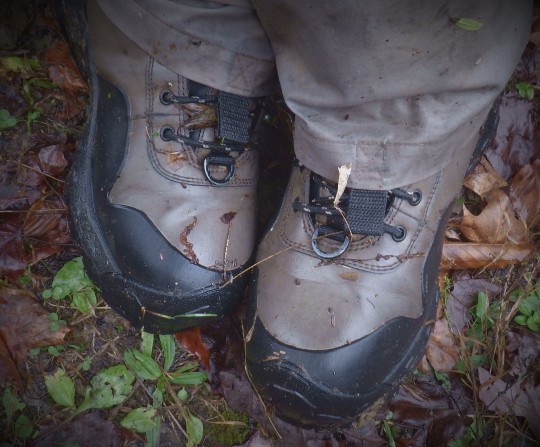
Some of this hill lady’s wandering occurs during work hours, for work purposes. These are the wading boots of a girl who has happily crawled through the laurel and tripped across the upper reaches of the Little Kanawha for this eleventh and final visit.
(Laurel i.e. Great Laurel/Rhododendron, Rhododendron maximum)

the turbid waters of the river after a rain, winding through the laurel and hemlock
(Eastern Hemlock, Tsuga canadensis)

mossy boulder island with its waning garden

autumn color in a beech leaf with dissipating chlorophyll highlighting the veins
(American Beech, Fagus grandifolia)

rains bring life to formerly shallow channels, the water flowing strongly now over a log dam
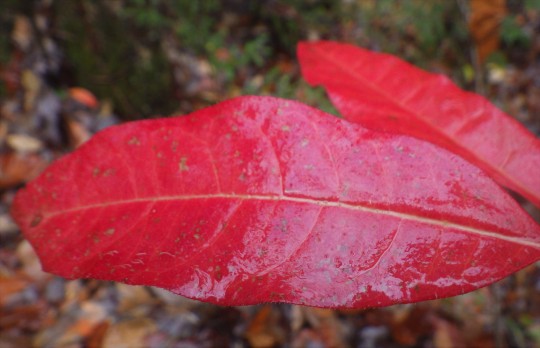
always welcome bold color from a sourwood sapling
(Sourwood, Oxydendrum arboreum)

dense laurel overhang rushing water in one of many channels carving their courses through the valley
The job is finished for now with one last look at the river. A stumbling crawl through the laurel leads to a trail along a forested floodplain. There are only signs that a bear and a few humans have traveled this path in a long time. Goodbye for now to a wild and quiet pocket of forest out in the Little Kanawha River headwaters.
4 notes
·
View notes
Text
Native Sourwood Tree for Bees
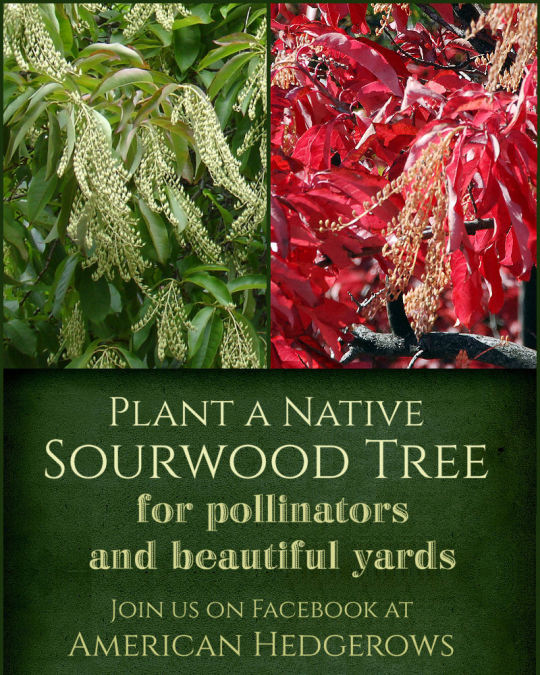
Native Sourwood tree, Oxydendrum arboreum, can be a beautiful ornamental for your landscape design and is wildlife friendly at the same time. They can grow 20' to 50' but typically stay in the 30' in cultivation. The tassel like flowers are a bee favorite and persist through winter.
The leaves have a sour taste, hence the common name. Foliage is elongated and glossy green which adds visual interest to your garden. The fall color can't be beat!
Plant one for yourself to create a stunning landscape and help pollinators too!
the photos below are not ours. We don’t know where they came from or we would credit the photographer - they are an excellent example of how wonderful this tree can look in a yard.
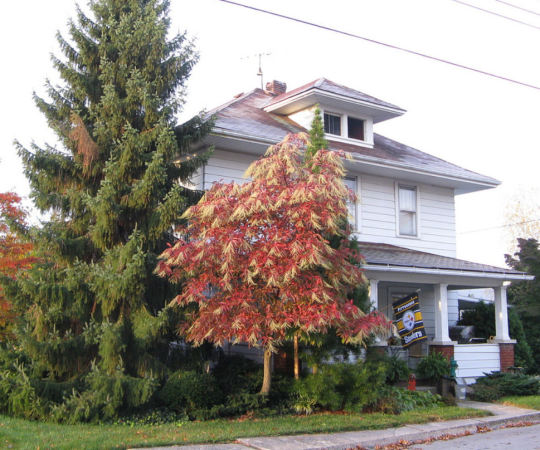

#garden#gardening#wildlife garden#bees#save the bees#native plants#backyard habitat#habitat#eco friendly#ecology
96 notes
·
View notes
Photo
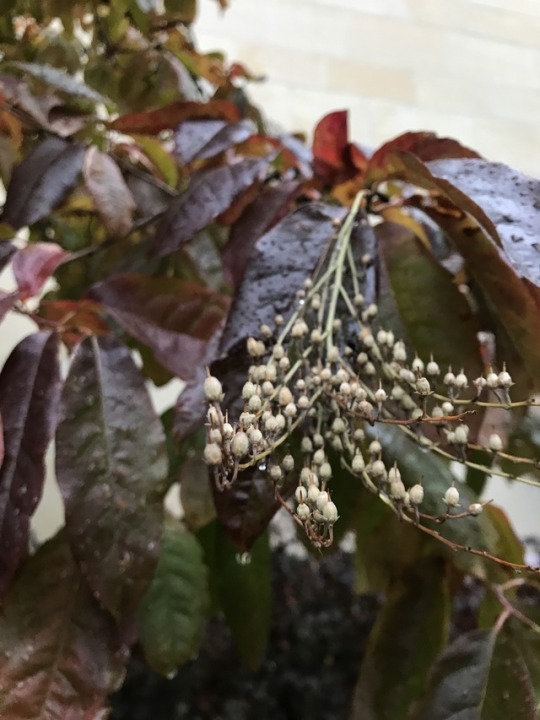


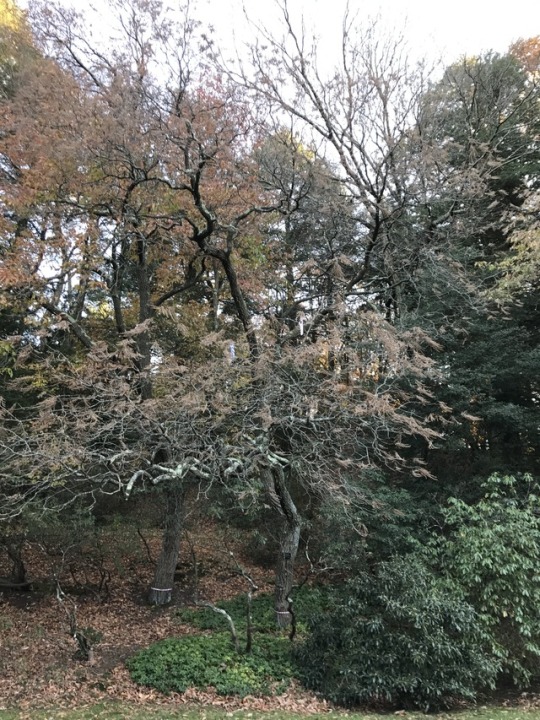
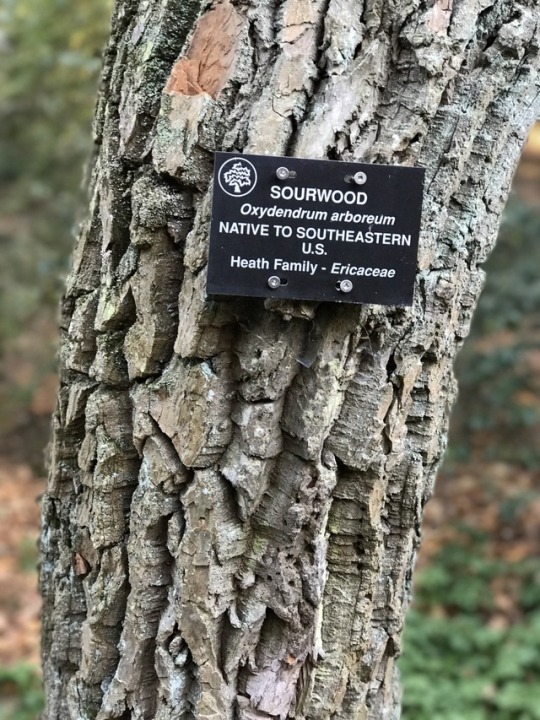
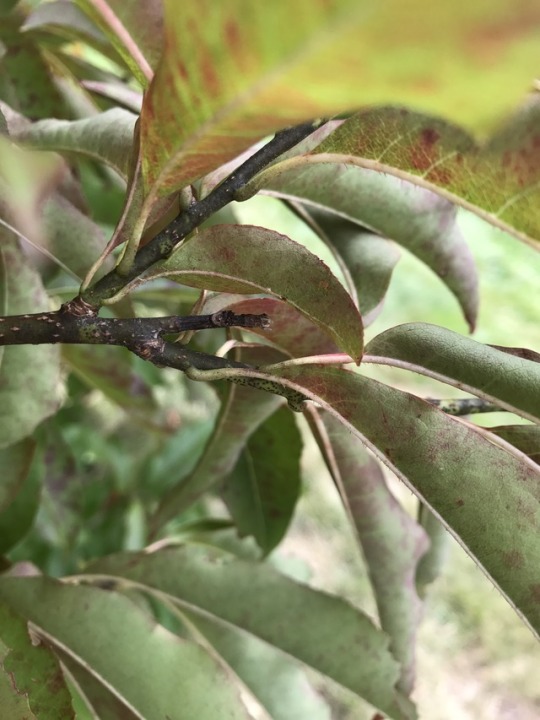



Oxydendrum arboreum / Sourwood
PLANT COMMUNITY: Oak hickory forest
NATIVE REGION: Eastern Kentucky, West Virginia to Florida and Louisiana
MATURE SIZE: Height of 25-30′, spread of 20′
HABITAT/GROWING CONDITIONS: Full sun; acidic, loamy, moist, sandy, well-drained and clay soils; normal moisture
ECO-INDICATOR: N/A
HARDINESS ZONE: 5-9
LEAF COLOR: Dark green leaves, fall colors range between crimson, purplish-red, and yellow
FLOWER COLOR: Fragrant white flowers
VALUE FOR REHABILITATION OF DISTURBED SITES: The tree is common on recently reclaimed coal surface mining sites, providing erosion control and acid-mine drainage control.
SOURCES: https://www.arborday.org/trees/treeguide/TreeDetail.cfm?itemID=921; http://pubs.ext.vt.edu/460/460-140/460-140.html
#oxydendrum arboreum#sourwood#zone 5#zone 6#zone 7#zone 8#one 9#oak hickory forest#eastern us#southern us#north america#coal mines#strip mined sites#erosion control#acidic soils
0 notes
Note


I found those "baby teeth" flowers again! Any hope of identifying them? Location- NRG, WV.
Unfortunately i can't answer this well, NRG has much more diversity in the heath family ericaceae to narrow it down properly without all of the, Vaccinium spp. would be a few of these species.

V. angustifolium ^
Vaccinium corymbosum

Vaccinium fuscatum

Vaccinium myrtilloides
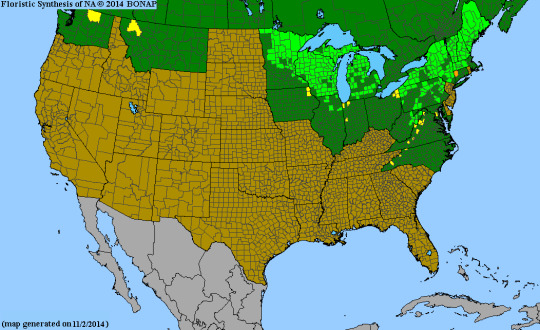
Vaccinium macrocarpon

Vaccinium stamineum

Arctostaphylos uva-ursi has urcinate flowers too.
Gaultheria is another genera to check.
and if it was a tree Oxydendrum arboreum
though dog hobble Leucothoe spp. can have similar shape too.
Do you have any pictures of the plant it's self? @inthe-hollow
11 notes
·
View notes
Text
Sourwood tree
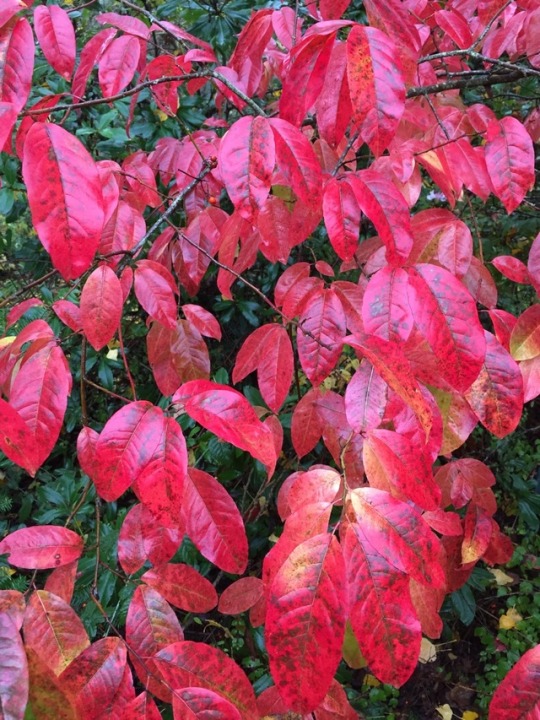

https://en.wikipedia.org/wiki/Oxydendrum
Oxydendrum arboreum.
57 notes
·
View notes
Text
Home Remedies for Fungal Diseases in the Garden

Fungal diseases are common in the garden due to the close proximity of soil, leaves and other plant material. Natural and effective treatments for fungal diseases enable you to limit your exposure to chemical pesticides that potentially contaminate groundwater and may damage some plants' roots. These natural remedies use common household products like vinegar and hydrogen peroxide, while others involve ingredients like molasses, baking soda and aspirin.
Amazing Natural Treatment For Fungal Diseases
This is a serious problem on many types of trees including almond, apple, apricot, ash, avocado (Persea americana), azalea (Rhododendron spp.), birch (Betula spp.), cedar - red (Cedrus deodara), cherry (Prunus spp.), citrus, elm (Ulmus spp.), hackberry (Celtis occidentalis), holly, honeylocust (Gleditsia triacanthos), magnolia, maple (Acer spp.), oak (Quercus spp. ), pecan, persimmon , pine - eastern white and loblolly , plum, sourwood or sorrel tree(Oxydendrum arboreum) and spruce. Natural treatments for the fungal diseases usually require repeated applications before symptoms subside.
Take a large spoonful of molasses and mix with 1 gallon of water. Spray the mixture on your plants a week for three weeks. In a separate container, pour 1 tablespoon of baking soda and mix with 1 gallon of water. Use as a foliar spray to protect any susceptible plants from infection natural treatment for downy mildew, the one of the most common fungal diseases in the garden. It's spread by airborne spores during summer months and overwinters on plant debris. Natural treatments for this require an application once every 5-8 days to protect your plants against further infection.

Take a large spoonful of molasses and mix with 1 gallon of water. Spray this solution on your plants natural treatment for powdery mildew. Powdery mildew is also caused by fungus that grows on leaves and stems. Natural treatments for powdery mildew include a regular schedule of applications, taking care to spray the undersides of leaves. For fusarium wilt take six aspirin and dissolve in 1 gallon of water. Use as a soil drench natural treatment for bacterial Leaf Spot.
Apply this mixture every 5-7 days for black spot treatment. Anthracnose is usually required in spring before new growth emerges. Mildew Downy mildew is one of the most common fungal diseases in the garden. Natural treatment for Powdery Mildew includes a regular schedule of applications, taking care to spray the undersides of leaves. For fusarium wilt usually a soil drench applied once in late winter or early spring. For bacterial leaf spot natural treatment usually a weekly application of mixture including molasses and water. Be sure to spray the undersides of leaves where fungus often grows.
It’s time to get outside and enjoy the spring weather! Fungal diseases can take a toll on your garden, but you don't need to sit back and let it happen. Read this blog for some helpful tips about home remedies that will help keep these pesky fungi at bay! If you're interested in learning more about how Tree Doctor's team of experts handles fungus removal from trees, contact us today. We are always happy to answer any questions or concerns you may have regarding our services.
#Tree Fungus Treatment#Tree Disease Treatment#Tree Disease Specialist#tree disease control#Tree Disease Diagnosis
0 notes
Photo

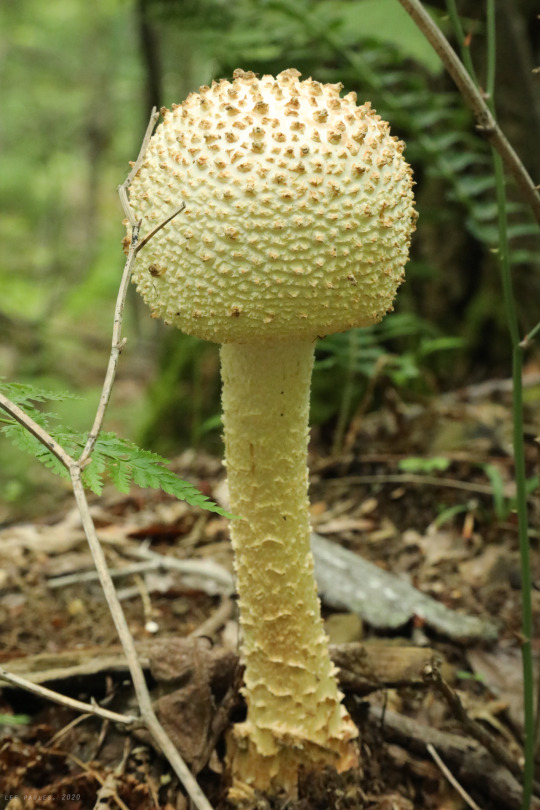

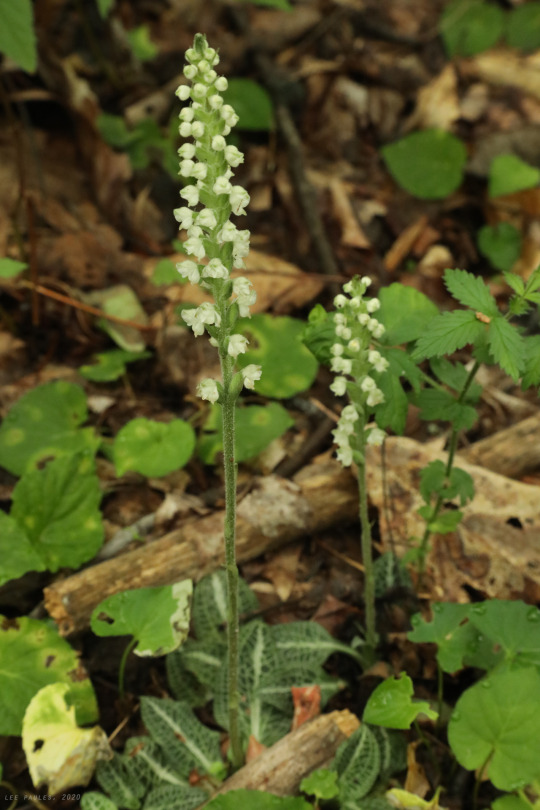
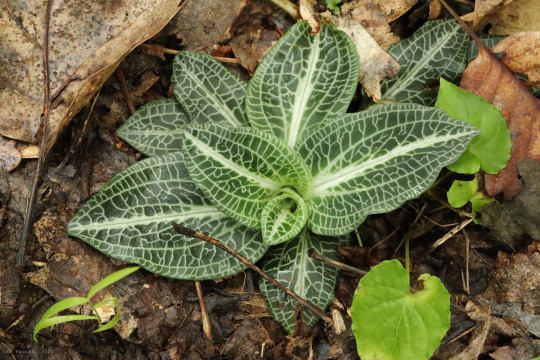

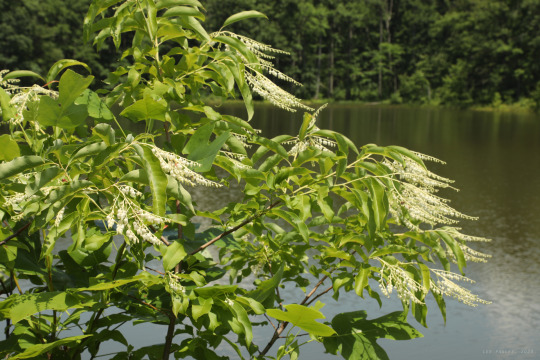



A hike in Appalachia’s summer woods revolves around four basic themes: fungi, ferns, berries, and small woodland orchids. After the canopy closes, fungi and ferns dominate the forest floor, where very little light gets through. However, a few ambitious flowering plants generate just enough energy to bloom, among them: small green woodland orchid (Platanthera clavellata), also known as little club spur bog orchid; and downy rattlesnake plantain (Goodyera pubescens), whose stunning, reticulated leaf pattern is impossible to miss among the brown leaf matter. Berry-producing plants, such as lowbush blueberry (Vaccinium angustifolium), provide much-needed sustenance for wildlife this time of year. And higher up in the canopy, the clustered, drooping, bell-shaped flowers of sourwood (Oxydendrum arboreum) perform an acrobatic display, a prelude to the fiery scarlet foliage that follows in the autumn. All photos taken at Coopers Rock State Forest.
#appalachia#vandalia#west virginia#summer#flora#wildflowers#fungi#platanthera#small green woodland orchid#little club spur bog orchid#goodyera#downy rattlesnake plantain#vaccinium#lowbush blueberry#oxydendrum#sourwood#ferns#amanita#cokers amanita#bolete#butter-foot bolete#coopers rock state forest
270 notes
·
View notes
Photo
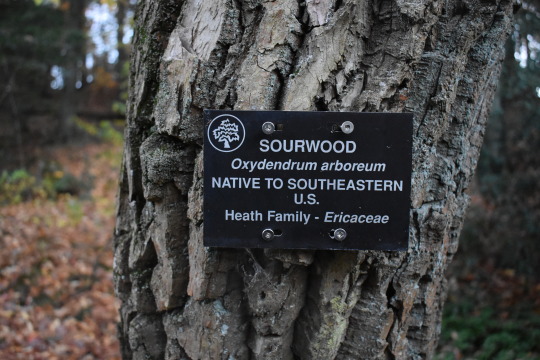

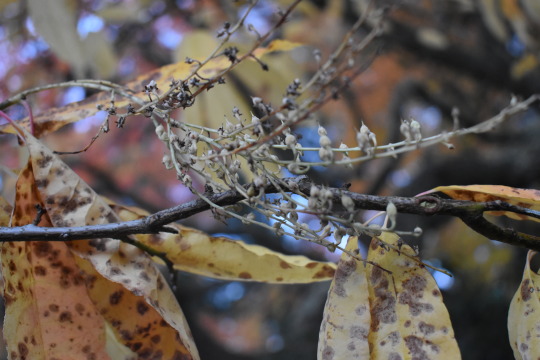

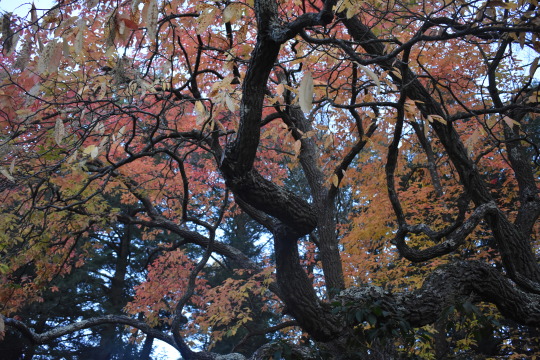
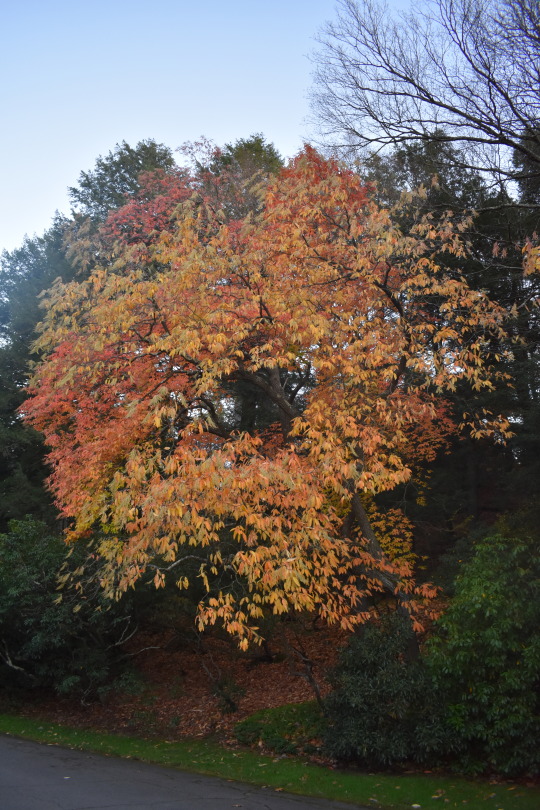
Oxydendrum arboreum / Sourwood
Family: Ericaceae
Native: Eastern and Southern United States
Mature Size: 50-60ft height; 10-25ft spread
Habitat: acidic, moist, organically rich, well-drained soils in full sun
Hardiness Zone: 5-9
Leaf Color: glossy green leaves; crimson red in the fall
Flower color/Bloom time: white; June to July
Enclosure:
The Sourwood tree has a short, straight, slender trunk before branching off into a crooked irregularity. The irregular branches are strong and thick and create unique opportunities to support treehouse structures, with various angles of branches in all directions. Large structures may be supported at the intersection of large, lower branches on the Sourwood tree. Additionally, large branches will grow not far from the ground, making any structure in the tree relatively accessible. The accessibility is helped by the irregularities of the branches, as they can create a natural circulation ladder through the tree, depending on the configuration.
Treehouse Structure Precedents:
Simple Decking. The decking situated on the branches of a Northern Catalpa would be simple in structure as shown below, but would be smaller in area and located next to the central trunk rather than surround it completely. This would be built using the Tadashi Kawamata method.

Photo Source
Sources:
Lady Bird Johnson Wildflower Center https://www.wildflower.org/plants/result.php?id_plant=OXAR
Missouri Botanical Garden http://www.missouribotanicalgarden.org/PlantFinder/PlantFinderDetails.aspx?kempercode=a887
North Carolina Plant Toolbox https://plants.ces.ncsu.edu/plants/oxydendrum-arboreum/
Plants for a Future https://pfaf.org/user/Plant.aspx?LatinName=Oxydendrum+arboreum
American Conifer Society https://conifersociety.org/search/?snaptcha=6qOPmklyV3gV63MZLUzeaZC4xq68oLxBkAVt&q=Oxydendrum+arboreum
USDA Plants Database https://plants.usda.gov/core/profile?symbol=OXAR
#Ericaceae#zone5#zone6#zone7#zone8#zone9#North America Native#large structure#circulation#oakhickoryforest
0 notes